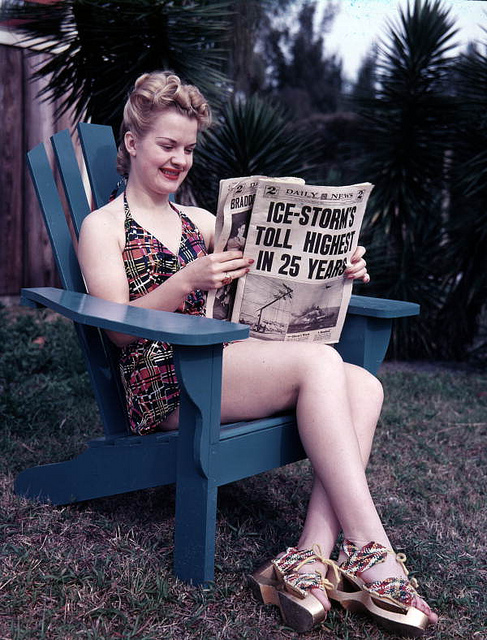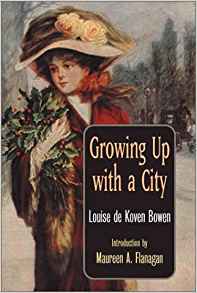Joël Glenn Brenner’s The Emperors of Chocolate: Inside the Secret World of Hershey and Mars is a Willie Wonka’s Chocolate history for adults. She begins with a look at international marketing and selling chocolate in the Middle East and then presents a history starting in the 19th Century when Milton S. Hershey and Frank Mars began making candy. As the story by Roald Dahl suggested, the candy industry is highly secretive. Spies were known to be sent to work in competitors’ factories. Some companies foiled these efforts by only allowing the most trusted employees into the inner sancta of their factories.
Brenner continues through the 19th and 20th centuries as Mar’s descendants and Hershey’s appointees* passed the baton to later generations. I learned a lot about the chemical make up of chocolate and how tricky it was to invent milk chocolate. There are about 1200 chemicals in cocoa so it’s especially hard to create a fake chocolate that actually tastes like real chocolate. Also, some of those chemicals are poisonous. Arsenic and the like are in small quantities, but a food company can’t use them as ingredients.
Reading The Emperors of Chocolate I learned a lot about the management style of Forest Mars, Sr, and his children who took over after after him. All were difficult to work with, but did pay their employees extremely well so many employees did stick around and were loyal as they saw that the company was successful. I’m amazed they would put up with getting dressed down in front of all their peers for every mistake. I did appreciate how Mars is a very egalitarian company. Employees got bonuses for coming to work on time. Even the CEO has to punch a clock and fly coach. There’s no difference in treatment between the factory workers and the executives.
Milton Hershey’s tinkering with recipes and self-taught techniques are described in detail. He seemed like such a kind man and a bit of a absent-minded professor. That dreaminess did hold the company back because in the 1960s and 70s they had a lot of catching up to do as they had no marketing plan at all. They were comfortable with their chocolate pretty much selling itself. I knew a little about the Milton Hershey School, but the book goes deeper into it. Since the Hershey’s didn’t have children, they built and funded a school for orphans. With a mission to see that The school not only educates the students, but provides job training, sports and an array of extra curricular activities. When he was alive Hershey would eat with the kids and aimed to be a genuine part of their lives.
The two companies were rivals and the competition was often fierce. There are stories about how Mars turned down the opportunity to place M&Ms in the film E.T. Hershey’s Reece’s Pieces took the risk and their investment really paid off, much to Mars’ chagrin.
The book is filled with fascinating stories of the history of America’s biggest candy makers. I recommend it for anyone who’s likes history.
*Milton Hershey had no children.











 It’s fitting that I publish my review of Louise de Koven Bowen’s Growing up with a City on International Women’s Day. Bowen was a natural leader and shaped civic life in the late 19th and early 20th century in Chicago. In fact she after women got the vote in the 20’s Republicans wanted Bowen to run for mayor, but she declined. (Remember that our parties’ philosophies have shifted through the decades.) I was blown away that back then having a woman run for a major office was even considered.
It’s fitting that I publish my review of Louise de Koven Bowen’s Growing up with a City on International Women’s Day. Bowen was a natural leader and shaped civic life in the late 19th and early 20th century in Chicago. In fact she after women got the vote in the 20’s Republicans wanted Bowen to run for mayor, but she declined. (Remember that our parties’ philosophies have shifted through the decades.) I was blown away that back then having a woman run for a major office was even considered.


 If you like Downton Abbey, you really should read Gail MacColl and Carol McD. Wallace’s To Marry an English Lord. I got the audio book from the library. The narrator had the perfect voice, elegant and slightly aristocratic.
If you like Downton Abbey, you really should read Gail MacColl and Carol McD. Wallace’s To Marry an English Lord. I got the audio book from the library. The narrator had the perfect voice, elegant and slightly aristocratic.






You must be logged in to post a comment.